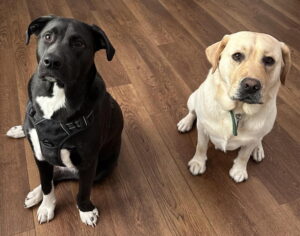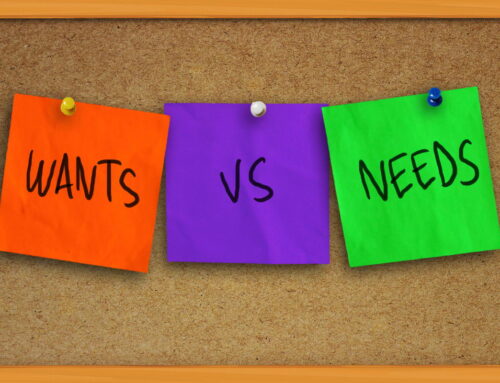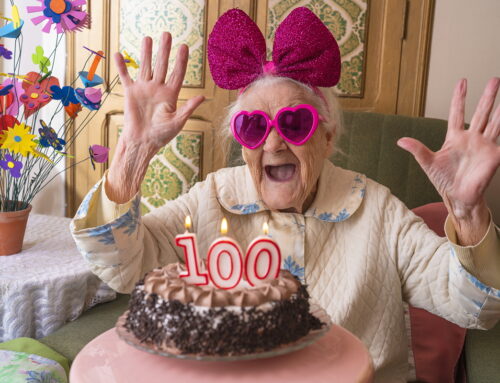The dog days of summer are here. Traditionally known for heat, drought, lethargy, mad dogs and bad luck, this 20-day period is the right time to slow down and enjoy the games of the 33rd Olympiad. Whether it’s summer madness, Olympic distraction, the new school year or as a precursor to future changes, I’m going to take this opportunity to muse on language choices that have been waiting for this moment.
Verbs Matter
Have you noticed that we speak of prospective residents choosing to move to independent living but adult children having to move mom to assisted living? What a difference the verb makes. Independent living is viewed as desirable. Your audience is seen as making an active, and by association, positive lifestyle choice. But having to do something is the language of chores. There’s an implied consequence that’s usually not positive. After all, who would have done their homework if there weren’t negative consequences?
Life is not a Style
Defining a typical way of life for an individual, group, or culture, according to Merriam-Webster, lifestyles have been talked about since 1915. So it’s nothing new to showcase high-end amenities, excursions or designer settings in senior living marketing materials. But stop and ask yourself this: How many major life choices have you made based on a perceived lifestyle factor? Maybe it’s time we stopped focusing on luxury and shifted to talking more about what really matters. I’ll wait while you think about it.
Cats vs Dogs
 I’m a pet parent (say hello to Lucky & Lucy) just like 66% of American households. Among the approximately 87 million pet owners, 24% are Baby Boomers. Fun fact: Boomers spend more on their pets (1+% of their income) than Gen X, Z, and Millennials. So if your senior living community is dog friendly, or open to other pets, are you highlighting that fact? And if you are, are you wasting resources by targeting households with only cats or birds or lizards? And yes, research also reveals that there are gender differences in who has what type of pet.
I’m a pet parent (say hello to Lucky & Lucy) just like 66% of American households. Among the approximately 87 million pet owners, 24% are Baby Boomers. Fun fact: Boomers spend more on their pets (1+% of their income) than Gen X, Z, and Millennials. So if your senior living community is dog friendly, or open to other pets, are you highlighting that fact? And if you are, are you wasting resources by targeting households with only cats or birds or lizards? And yes, research also reveals that there are gender differences in who has what type of pet.
How to Age Better
Shhh, it’s a secret! But it’s a great headline. The simple fact is that there is no secret to aging well. We’d all like a magic pill to keep us feeling young and healthy. But we already know what we need to do to achieve those goals. The sad reality is that we won’t change our ways even when it means living a healthier and longer life. A recent American Cancer Society study notes certain behavior and diet changes in addition to being vaccinated for HPV and hepatitis B could reduce adult cancer cases by 40%. We all know what we should do; but how is your senior living community helping residents do it? Those stories could be more compelling than never having to mow the lawn again.
Ageism Language
Language matters. The terms we use matter. Seniors, oldsters, elders, Boomers, fill-in-the-blank for your favorite term. Why do we fall back on them? Why do we feel the need to differentiate those who have reached a certain age? Your audience is far more diverse than they are similar. Your marketing language should reflect that data. Age-related language isn’t being used in ads for baby products, current fashion or the latest summer movies.
Marketing Gold
One thing I’ve learned while watching the Olympic games is that no one wins their gold medal, or even the opportunity to compete, by following old habits. These athletes had a strategy. They trained. Over time, they adapted. They set new goals to get themselves to the ultimate goal. Your marketing strategy should be doing the same thing. If you’d like to go for the gold, it’s time to talk to Maribeth about how a customized MicroModeling Report can make the difference in your next campaign.






